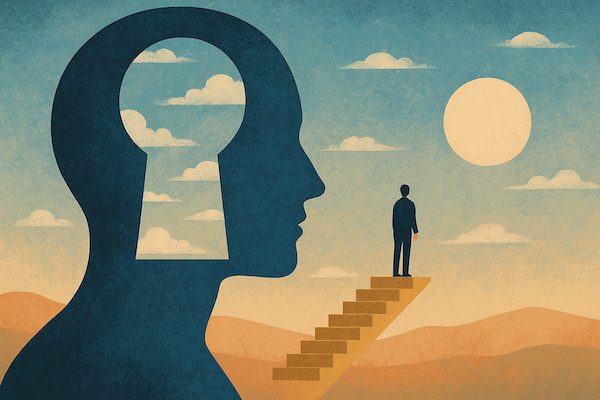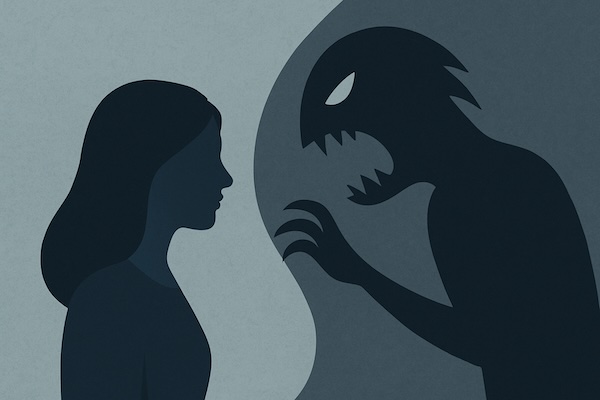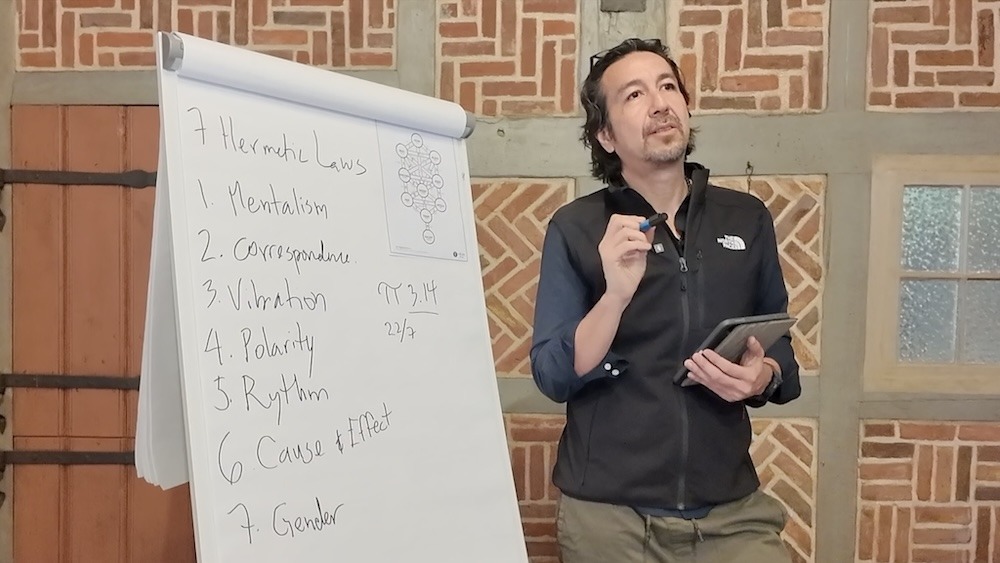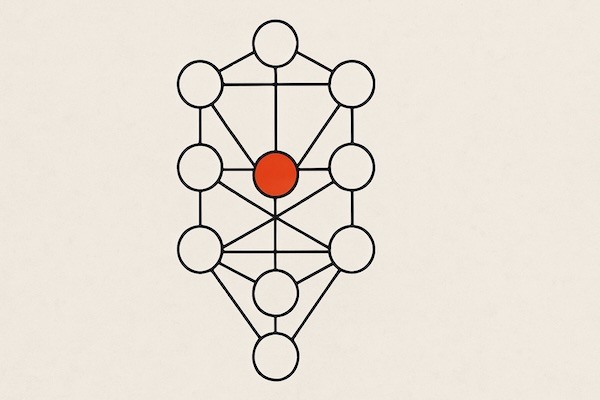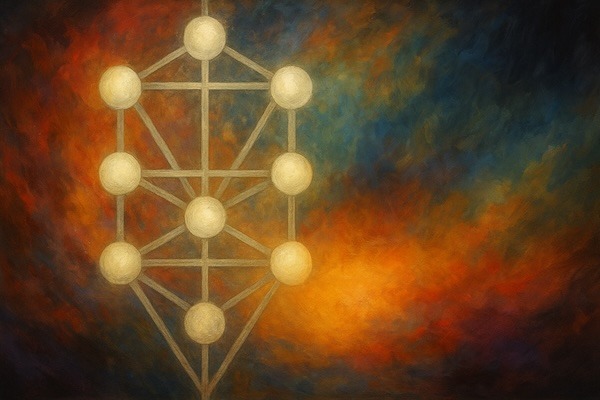The science of awareness and unconscious behavior
According to research in cognitive neuroscience and psychology, about 95% of our thoughts, emotions, and actions originate from unconscious processes. The brain is constantly predicting, filtering, and responding to the environment long before our conscious mind catches up. The prefrontal cortex, where deliberate thought and decision-making happen, represents only a small fraction of the brain’s total activity.
This is a clip from my latest school training in Belgium. In this school I was covering the topic of awareness of parts from IFS (Internal Family Systems). There is this conscious, aware part of yourself that is able to become the observer of yourself, and it is part of only a 5% of your mental process. The video is an invitation to recognize that we operate mainly to the unconscious, and that bringing agency to the unconscious is possible through breath and self observation. When someone says something that triggers you, and suddenly your body tightens, your heart races, and unwanted reactions and words leave your mouth before you realize what’s happening. This is not a lack of willpower, most likely is an unconscious part of yourself being triggered and reacting automatically.
This doesn’t mean we are powerless or robotic. On the contrary—it shows how efficient the human brain is. The unconscious mind manages complex systems such as heartbeat, breathing, walking, or language recognition without needing conscious attention. These automated processes save enormous amounts of mental energy, allowing us to focus on what’s novel or uncertain.
Yet, inside that remaining 5% of conscious awareness, something remarkable occurs: it’s where transformation becomes possible.
The Science of Awareness
Psychologists from Freud to modern cognitive scientists have explored this relationship between the conscious and unconscious mind. While early psychoanalysis viewed the unconscious as a hidden world of repressed desires, today’s neuroscience describes it more functionally—as a vast network of automatic processes that keep us alive and efficient.
Neuroscientist Benjamin Libet’s experiments in the 1980s showed that the brain begins to initiate actions milliseconds before we consciously decide to act. Later studies in neuropsychology and behavioral science confirmed that most decisions are made below awareness and only afterward justified by the conscious mind. This is sometimes called post-rationalization—the illusion that we are fully in control.
Still, within that small window of conscious awareness, we can observe what is happening. This capacity for self-observation—known as metacognition or meta-awareness—is what mindfulness practices and modern psychotherapies aim to strengthen. When we notice our thoughts or reactions as they arise, we interrupt automatic loops and open space for choice.
The 5% as a Gateway to Change
That moment of noticing—the breath before reacting, the pause before replying—is not trivial. It represents the integration of higher brain functions such as the prefrontal cortex with emotional centers like the amygdala. Awareness acts as a bridge between instinct and intention.
Therapeutic models such as Internal Family Systems (IFS), Mindfulness-Based Cognitive Therapy (MBCT), and Somatic Experiencing all rest on this principle: when we become aware of an internal reaction, we are no longer inside it. We become witnesses rather than prisoners of our conditioning.
This doesn’t mean striving to be conscious every second of the day. That would be impossible and exhausting. The unconscious must exist—it’s what allows us to function. The goal is not to control everything, but to use the moments when awareness appears to make meaningful choices.
From Biology to Freedom
Even a single conscious breath has measurable effects. Studies show that slow, mindful breathing activates the parasympathetic nervous system, lowering cortisol and heart rate, and restoring emotional balance. In those few seconds of awareness, the body exits survival mode and reenters safety.
That’s why the small 5% matters so much.
It’s the space where biology meets consciousness, where evolution gives us permission to go beyond instinct.
As the video that inspired this reflection asks:
“95% of everything you think and do is unconscious.
You are left with only 5% of awareness.
What are you going to do with that 5%?”
That question isn’t meant to guilt us into control—it’s an invitation to presence.
To pause. To feel. To notice the invisible mechanisms that shape our lives.
Because every time we become aware, even for a moment, we reclaim authorship over our story.
And perhaps that’s the essence of inner work—not to erase the unconscious, but to meet it with awareness, compassion, and curiosity.
The 5% is not a limitation.
It’s our doorway to freedom.

